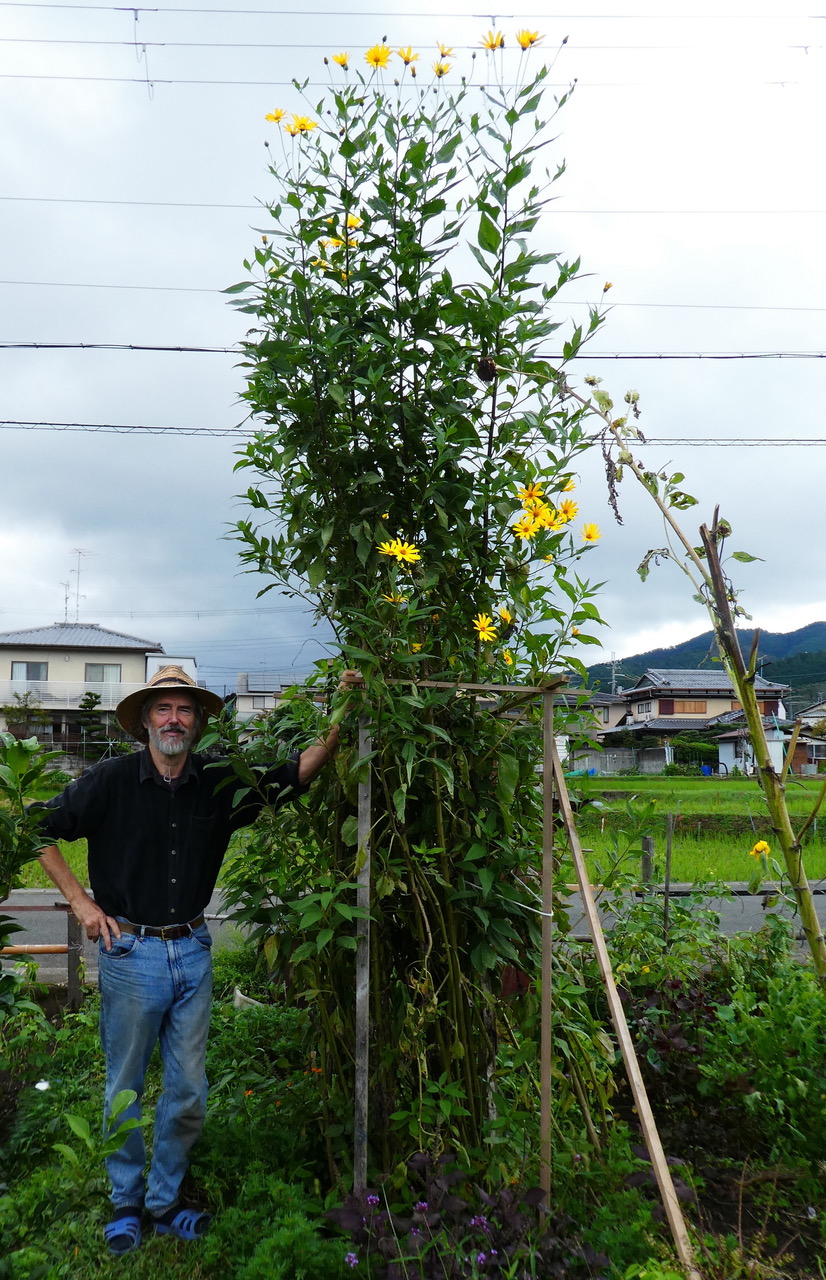One day, when he [Chan master Zhaozhao] was about to leave for the Five-Peak Mountain, a monk spoke this verse:
What mountain anywhere is not sacred?
Why go to the Five-Peaked Mountain with a walking stick?
Even if a lion with the golden mane manifests in the clouds.
It is nothing special if seen with pure eye.
When Chan Master asked what ‘pure eye’ meant, the monk remained silent. After that, Chan Master took his luggage and left.
—from Rölpé Dorjé’s gazeteer, Guide to the Clear and Cool Mountains, (1831 edition)
Trans. Weng-Shing Chou, from Mount Wutai: Visions of a Sacred Buddhist Mountain
In my garden, beside the road, kiku-imo artichokes reach for the sky.
Yuri waves me off at Nagatani-wakare bus stop. Subway, train, airport; an ascent to the overview. Suspended in the void, face to face with as much of the cloud-ocean planet as I will ever see or comprehend. Halfway to China, already I scan the horizon for dragons.
In reverently exhibited scrolls I’ve seen them encountered by Heian pilgrim-priests on storm-buffeted snail-pace voyages. Some clearly malevolent, others benign. One ebullient as a mega-puppy, guiding an all-but-lost ship safely to port.
Ocean-crossing was only the beginning for those priestly pilgrims: rivers, canals, dusty roads and narrow tracks on inland, climbing rain-drenched craggy trails to far mountains inhabited by more dragons.
Below me now the continent unfolds; crisscrossed by infrastructured networks of accelerating modernity. In just one minute four tiny business jets streak by, flying low. Then another, skimming past cloudheads reflected in ancestral ricefields.
Descent to a cheap hotel pick-up, a high-speed train, a meandering bus. At 6th century Shuanglin Temple, Pingyao,warrior guardian gods welcome me; arhats, Buddha’s disciples, pause their long conversations as I pass.
A courtyard guesthouse, a night train; two days with Datong’s huge cave-dwelling Buddhas and Bodhisattvas—besieged by theme-park crowds with cellphone cameras. New and old technicolor statues at Huayan, inside a newly-walled city, abandoned traditional houses to one side, newly-constructed ‘old town’ on the other, awaiting business tenants.
Train and bus to the Yingxian Muta, China’s oldest and tallest (9-story) wooden pagoda, built 1056; upper floors closed, admission offered for 60 yuan down the street on 3D VR.
Red taxi, speeding van, roadside wait, green buses. Over the northern pass to Taihuai, central to Wutai, Five-Peaked Mountain; 160 temples and a cornucopia of carved and painted dragons signifying imperial favor. Home of Manjushri and his roaring lion, long-time magnet to pilgrims from Inner Asia—Mongolia and Tibet. Prostrations ascending steep steps, prayer wheels, incense offered in every direction. Temple interiors like grottoes, 500 arhats and more. Behind glass, life-sized multi-colored/multi-headed/multi-limbed Tibetan Kalachakra deities and their consorts in ecstatic union, discreetly sarong-wrapped to prevent inflammation of more earthly passions among lay adherents, novices and nuns.
From the central peak, 500 more stone arhats wordlessly contemplate their overview of a distant cloudscape (on a lower plane), awaiting completion of a stone terrace; the gateless gate standing on the road below resembles a comicbook UFO in silhouette.
I slip into Puhua temple’s compound on the birthday of an earlier Buddha; 2,000 monks in red, yellow, blue-gray robes are receiving alms from munificent lay-supporters. I’m the only foreigner—hesitant to take photos until a little priest with an official armband pulls out his smartphone, asks if his friend can take a shot of us together.
Guanyin cave, rumored hide-out of the playboy poet 6th Dalai Lama after supposedly faking his death on route to Beijing, was in fact where the 13th Dalai Lama took refuge in 1908.
Instead of sky, Rölpé Dorjé’s temple courtyard is filled with hanging vermillion ribbons inscribed with the names of visitors’ deceased relatives.
Ennin from Kyoto’s Enryakuji, visiting in 840, recorded in his journal that “500 poisonous dragons hide themselves in the mountains and spew forth wind and clouds.” They kept him awake, fighting all night. I hear them too, in close-up thunder resounding and rebounding off the surrounding peaks.
Five days in Taihuai, all too brief. Finally by taxi to the second (or third)-oldest wooden building in China, the Eastern Hall of Foguang temple, still standing, since 857 (late T’ang), 1,161 years ago. The continuity of such ancient buildings’ existence is hard to wrap the mind around. Those who built them long gone, yet what they left embodies the precision of already long-developed and sophisticated architectural and carpentry skills, inherited even now in present-day timber construction—a language still spoken.
Sacred space—whether within a temple, or a landscape overseen by surrounding peaks (or a garden, I suppose)—consists of aspirations given shape, reflected on, redefining.
From a description of a stele for Master Hong Jiao, at Nanshan temple: “… written by Fa Hong and inscribed by Fa Xian. The stone monument was carved on a good day in 1339, and established by Zhi An, the abbot of Dawou Sheng Yoqguo Temple.”
Returning from Taiyuan, on a good day in 2018, my plane’s long delayed; the next connecting flight the airline can manage from Wuhan is four days later. I buy a new ticket on another plane via Shanghai, arrive back in Iwakura one day late.
At home, beside the road, my kiku-imo, four meters tall, survivors of a major typhoon, lift new tiny yellow flowers toward the clouds.
************
Ken Rodgers is one of the founders of Kyoto Journal and has been managing editor since 1993. He has visited major Buddhist sites in India, Nepal, China, Myanmar, and Thailand.
For more on Wutai, see ‘On Wutai-shan, 1936,’ excerpts from My Journey in Mystic China, by John Blofeld, (trans from Chinese by Daniel Reid) in KJ 93 (Devotion), and Ken Rodgers’ review of Weng-Shing Chou’s Mount Wutai: Visions of a Sacred Buddhist Mountain, here: https://kyotojournal.org/reviews/the-manchurian-bodhisattva/
And photos here: https://kyotojournal.org/blog-highlights/glimpses-of-wutai-shan/
Selected photos by Ken Rodgers of Shanxi:
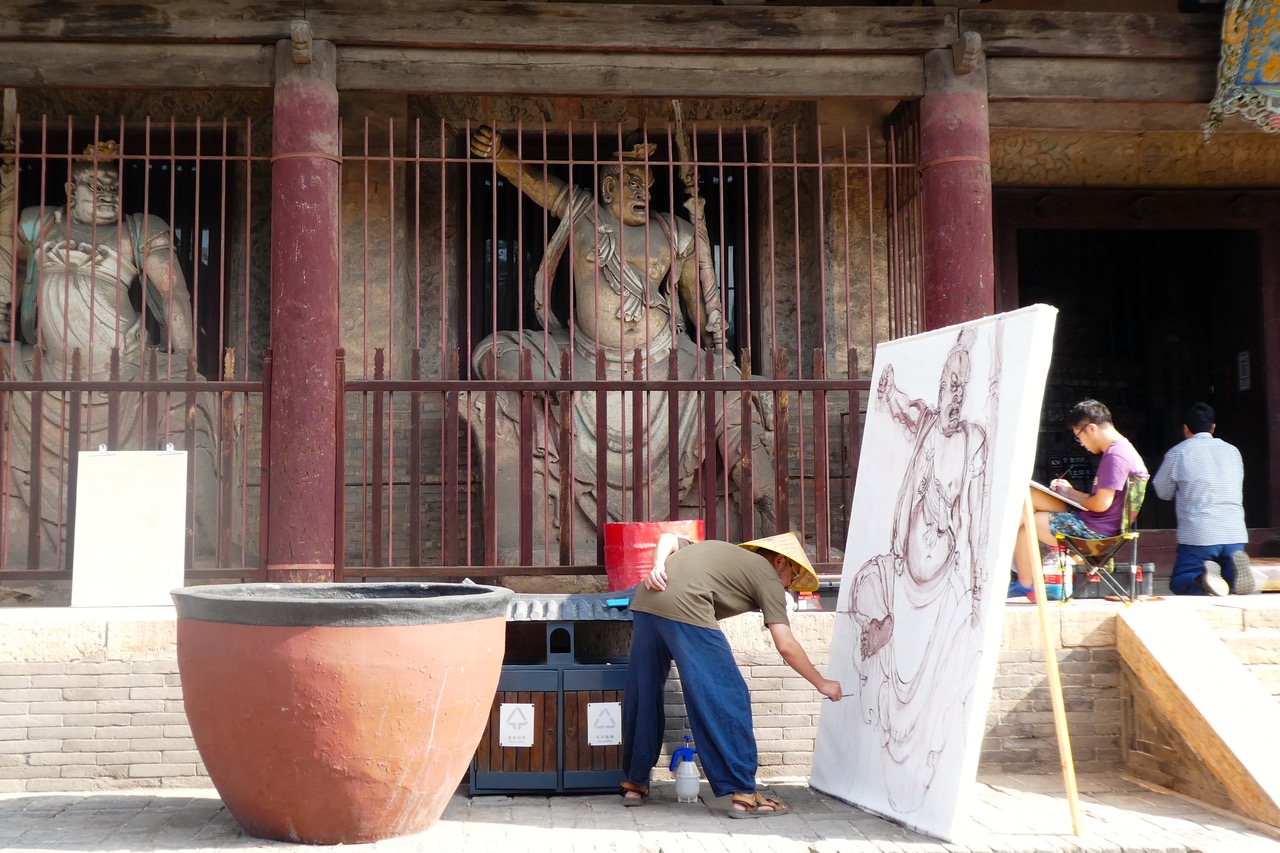
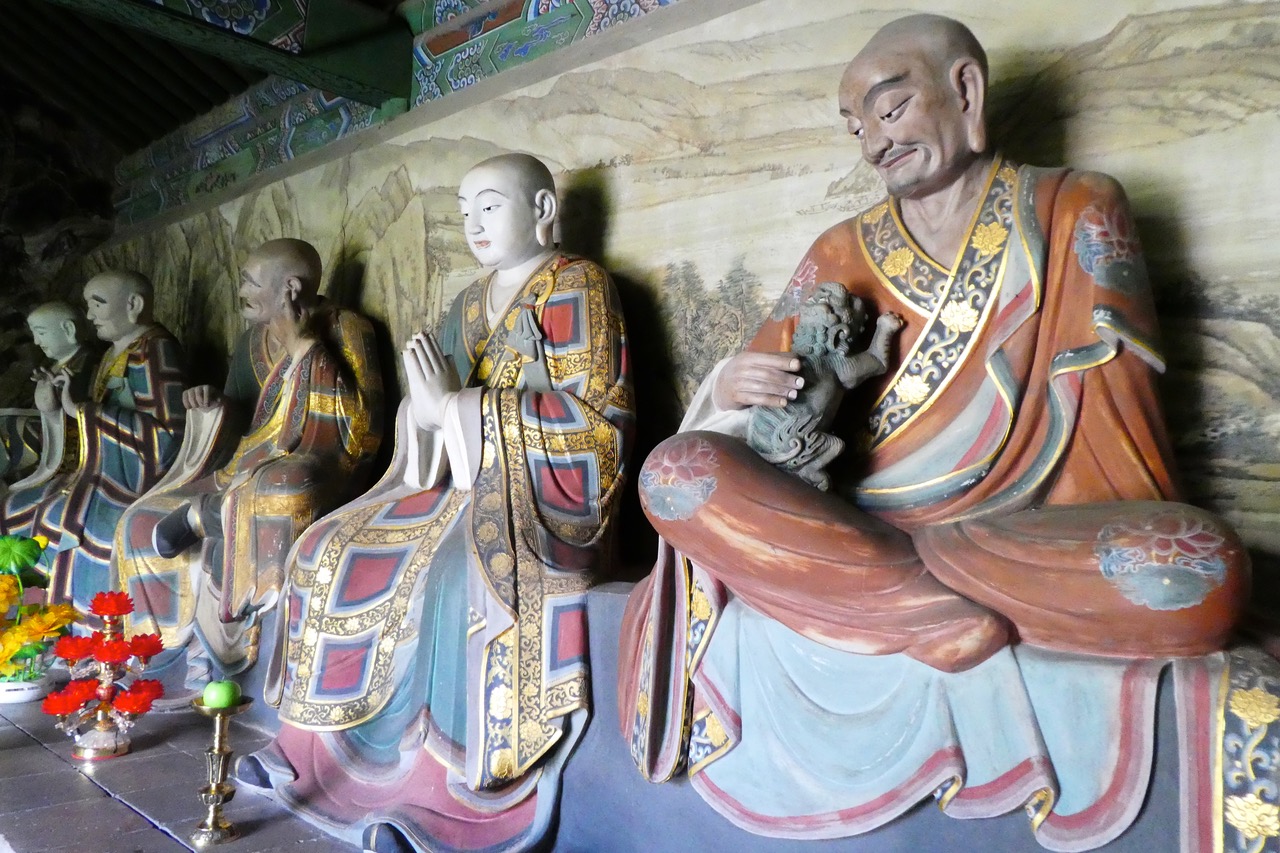
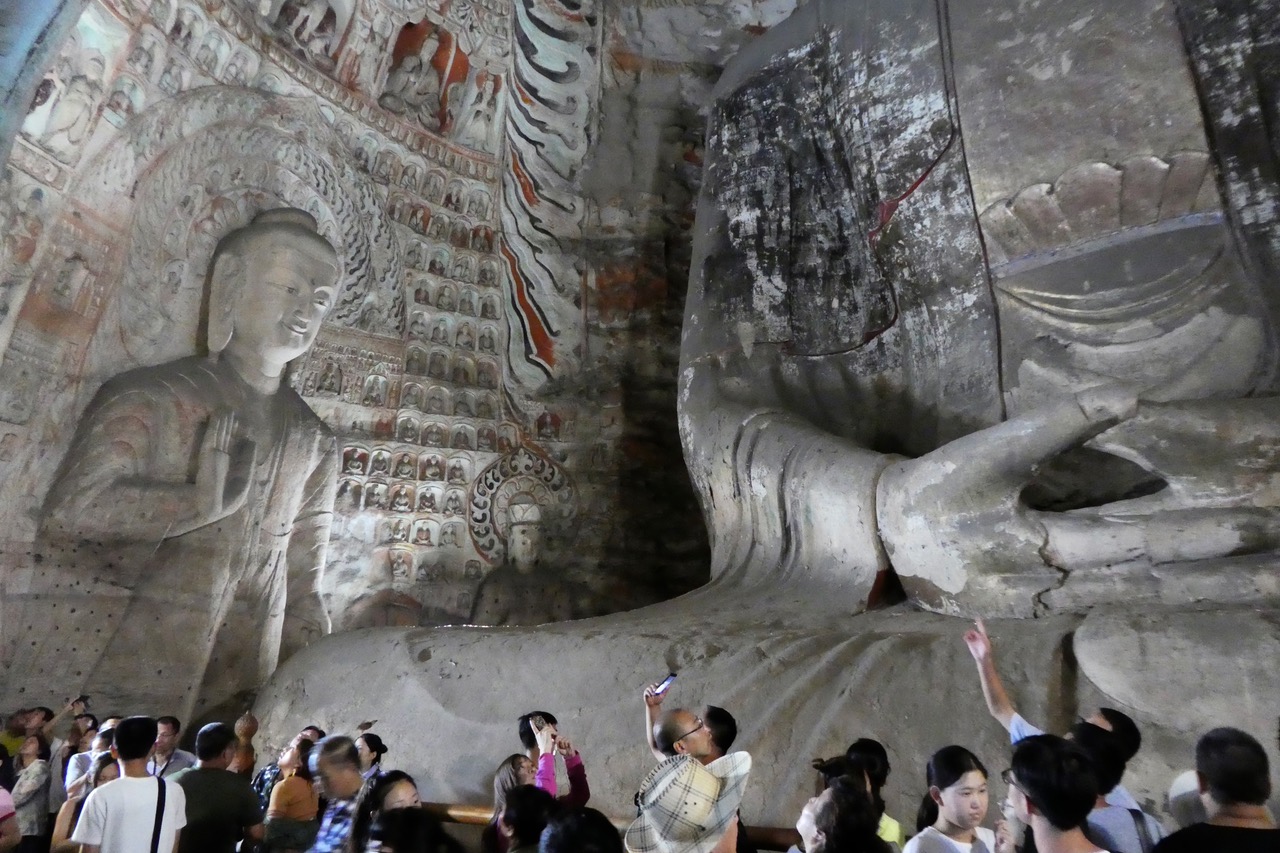

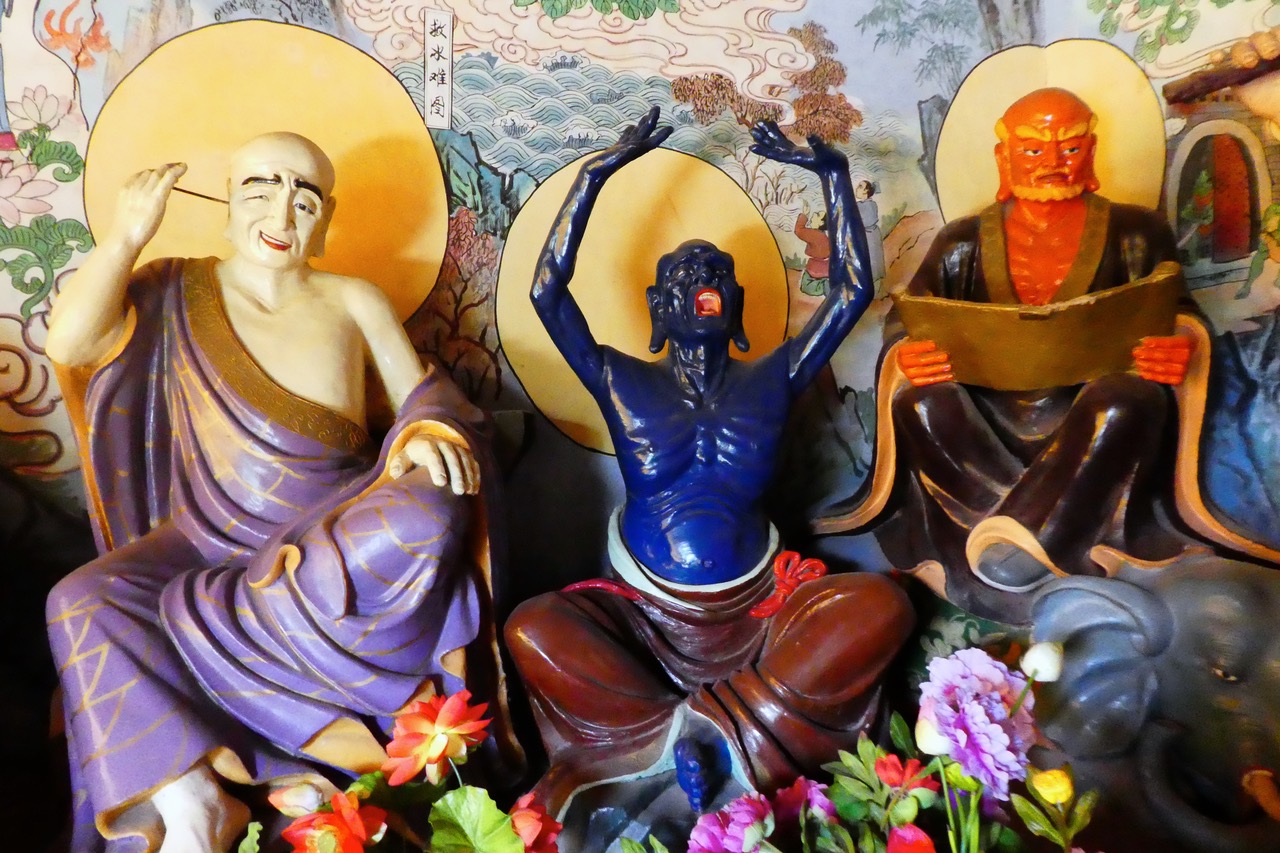
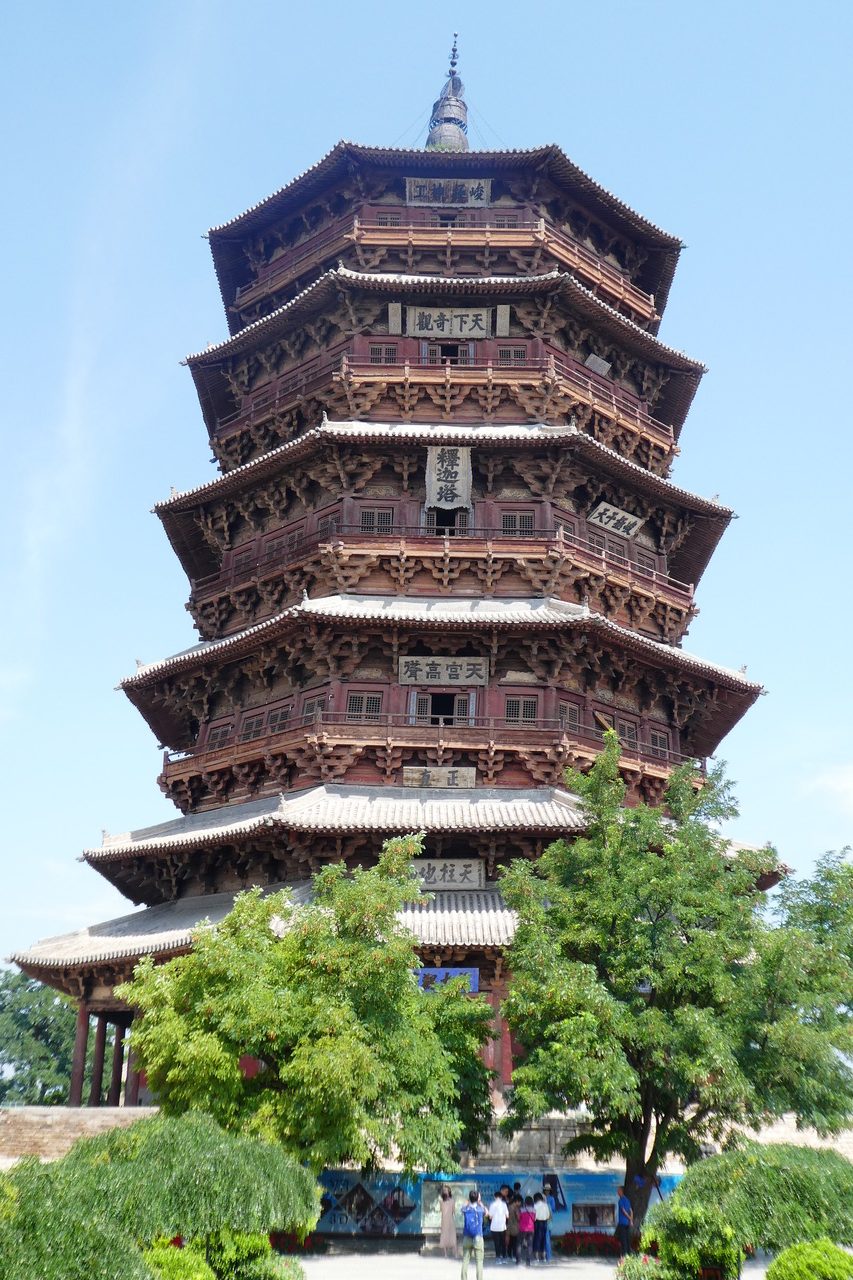
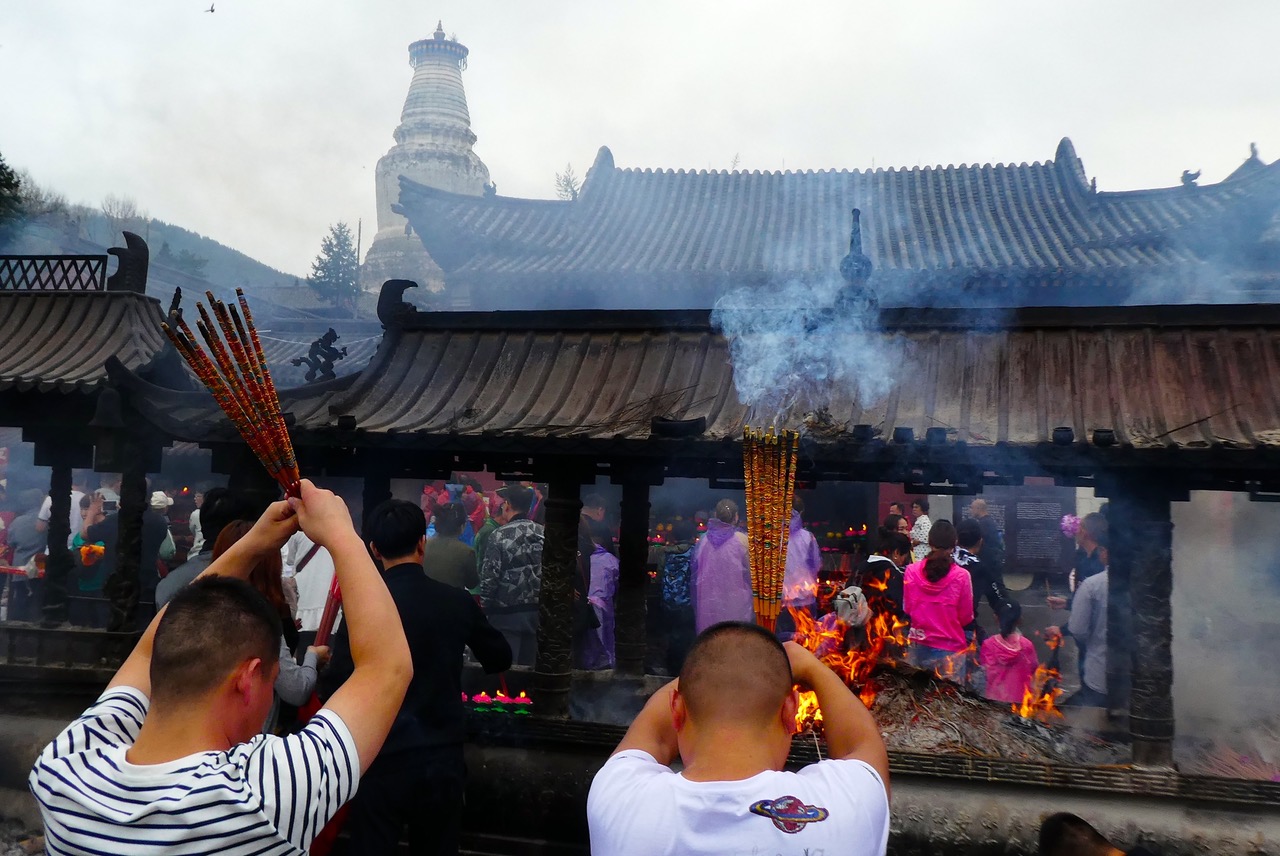
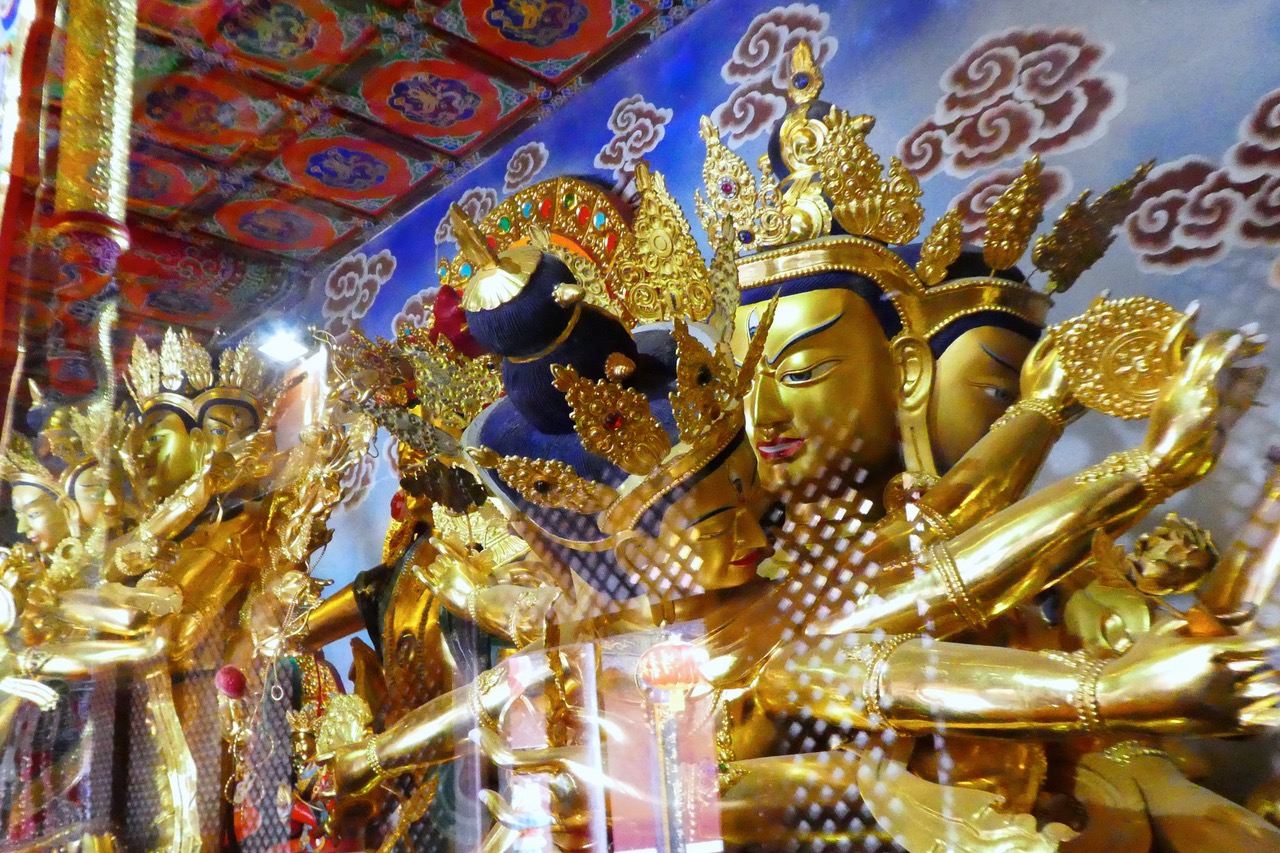
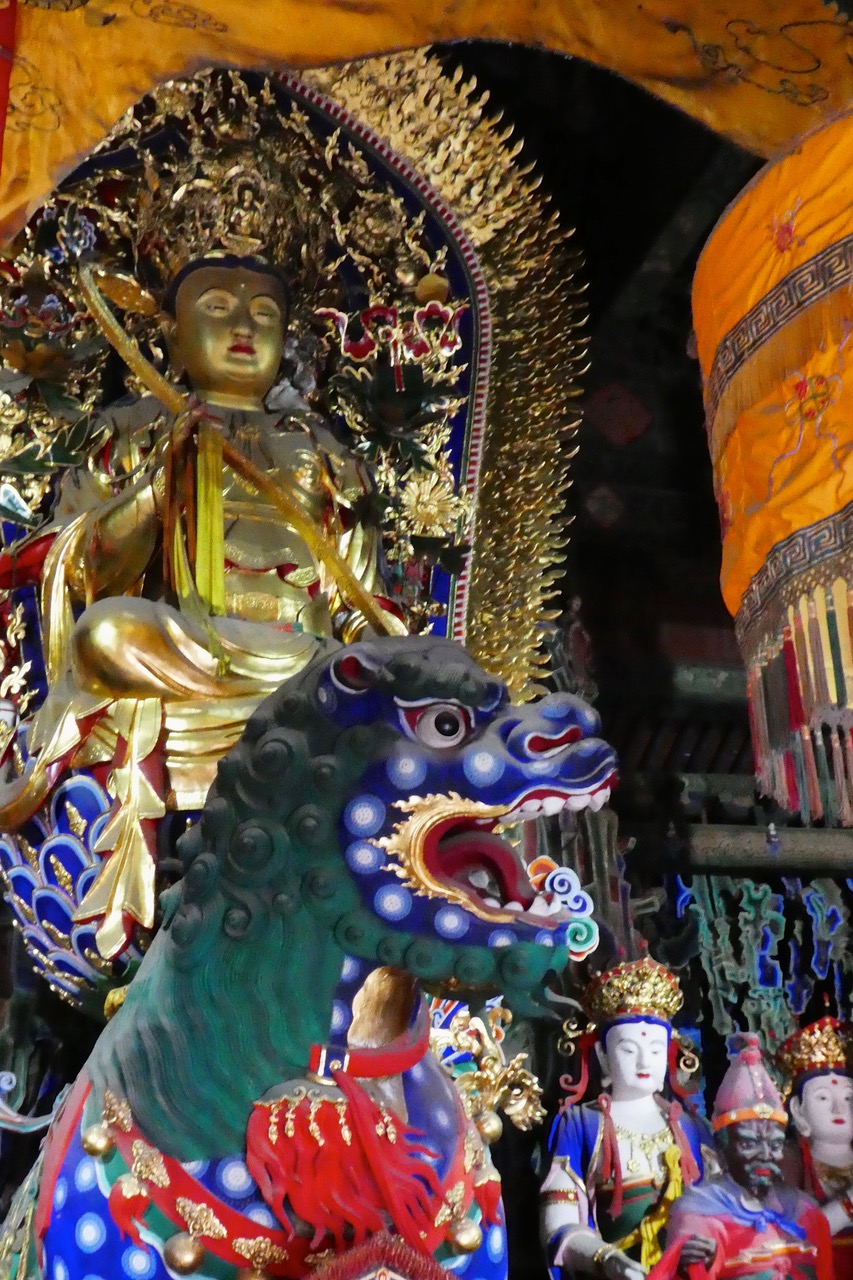
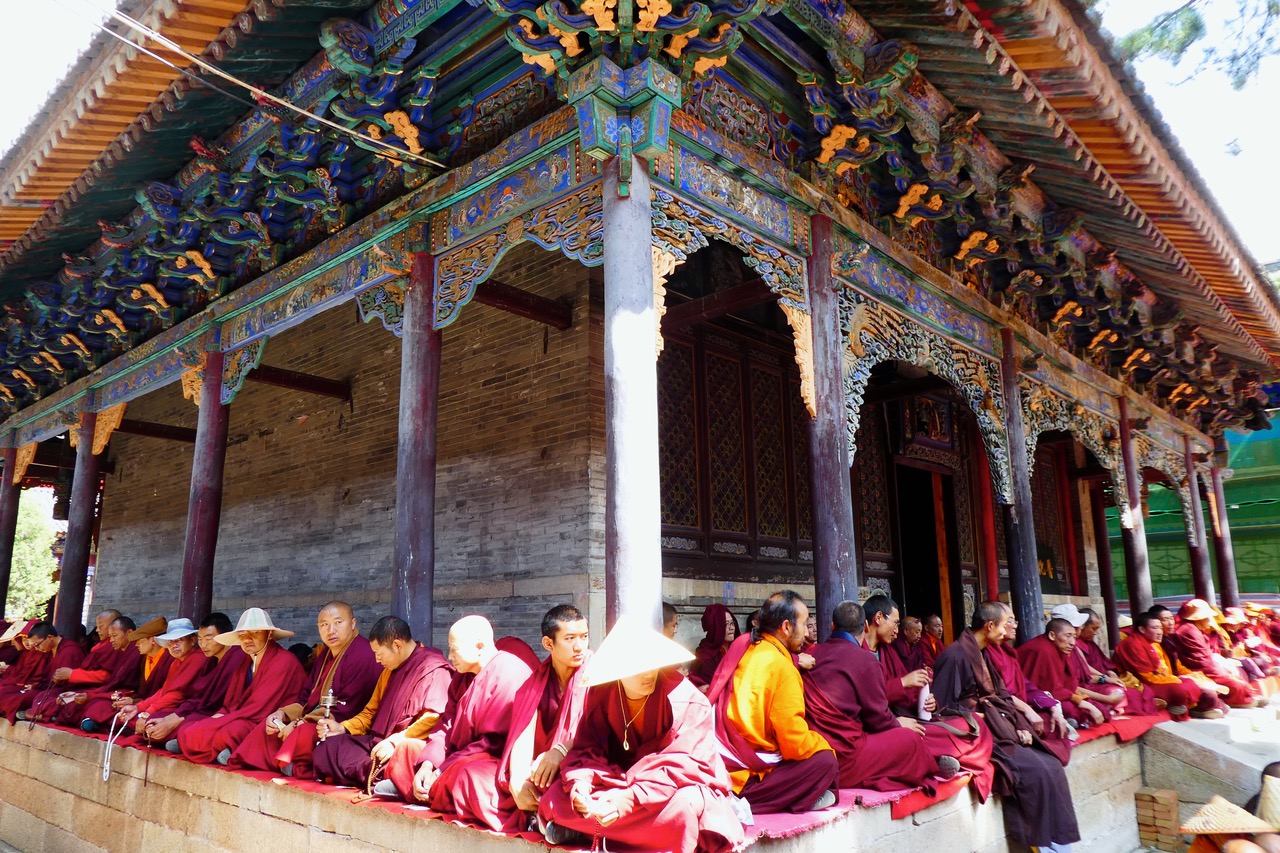
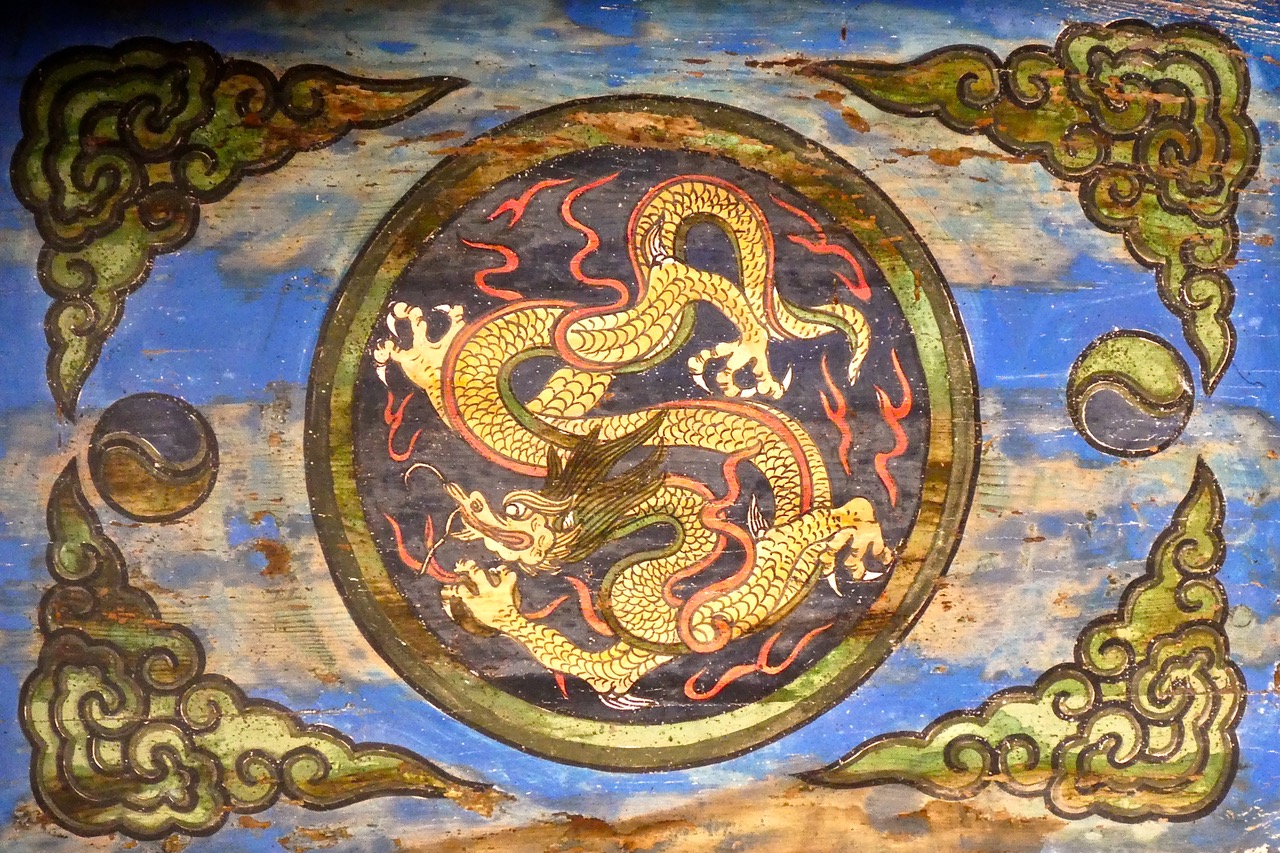
and a photo from Iwakura, Kyoto:
